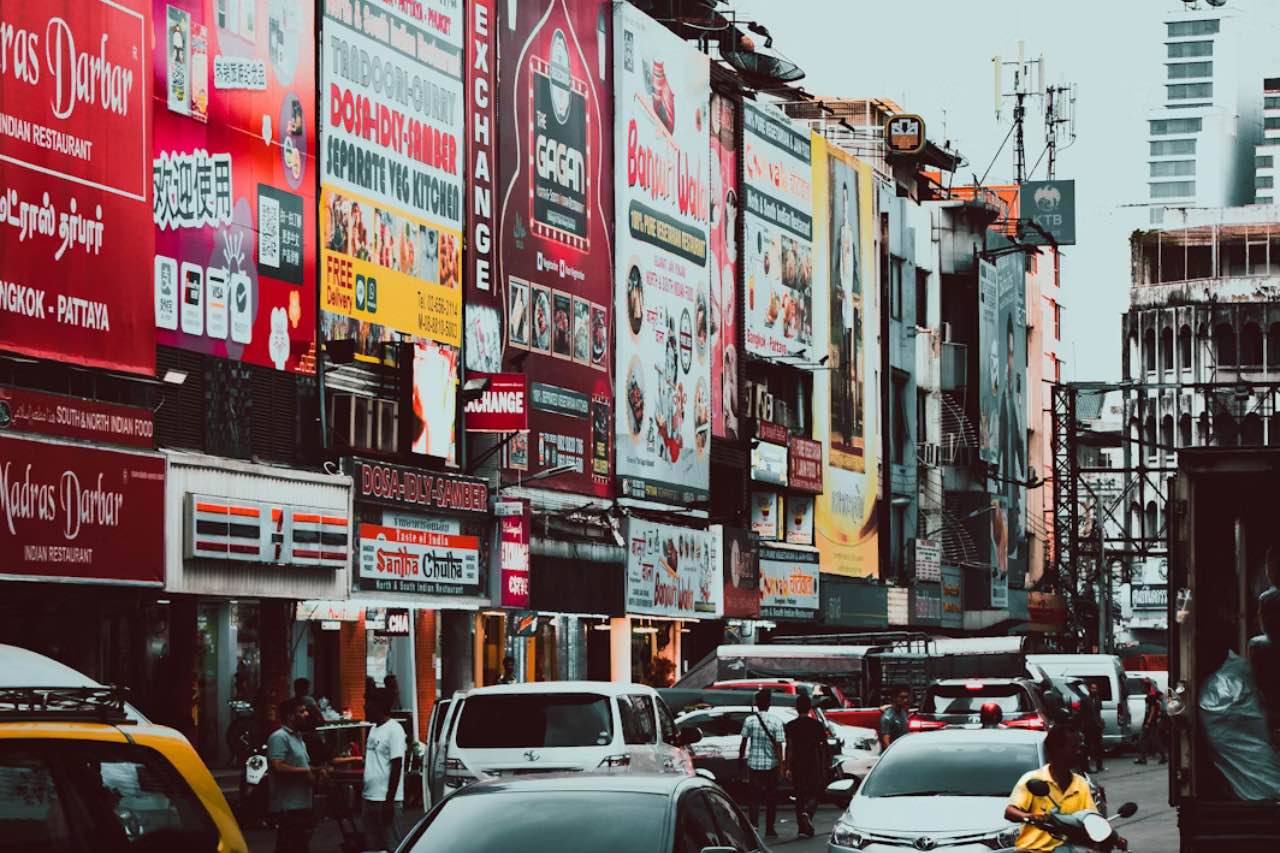
Sunday, 10 Nov 2024

Out-of-home (OOH) advertising remains a highly effective channel in Indonesia, especially in major urban areas like Jakarta, Surabaya, Medan, and Bali. For brand who looking to enter this market, the media buying process can be anything but straightforward. A deep understanding of pricing structures, local regulations and vendor dynamics is crucial.
This article breaks down the end-to-end media buying journey in Indonesia, highlights common pitfalls, and offers actionable insights for successful campaign execution.
The first step is to identify target cities and relevant media formats. Common options in Indonesia include:
Jakarta and other big cities are highly segmented, so placement must reflect local movement and audience behavior.
OOH media prices vary based on:
Vendors typically offer monthly rates. However, digital LED inventory may follow hourly or dayparting slots. Work with a local partner to ensure price transparency.
Local governments in Indonesia impose zoning rules, licensing requirements, and format limitations. Without proper permits, your campaign risks sudden takedown or fines.
Brand should collaborate with licensed vendors familiar with the local bureaucracy to avoid setbacks.
Many billboards are leased on an annual or seasonal basis, which makes it essential to conduct thorough negotiations.
Ask for a detailed cost breakdown before signing to avoid budget surprises.
Once media space is confirmed, production begins. For static billboards, this involves printing and mounting. For digital formats, ensure creatives meet vendor specs (MP4 or high-res JPG, 16:9 or custom ratios).
Average lead time is 5 to 10 business days. Most vendors will manage permits and provide photo/video documentation of installation.
Credible vendors offer:
Reports are critical for verifying performance and justifying ROI, especially for international clients.
Indonesia’s OOH market is vibrant yet intricate. With the right strategy, transparent vendor collaboration, and local support, brand can deliver high-impact campaigns that resonate with diverse audiences.
Ready to activate your OOH campaign in Indonesia? Contact us for a strategy consultation tailored to your needs.

Lestari Ads Agency - PT Lestari Dev Solusindo
Lestari Ads is a leading out-of-home media company with the largest network in Indonesia. We believe the world is a canvas. Every advertisement is an opportunity to inspire, engage, and transform public spaces. We continuously push boundaries in Out-Of-Home (OOH) advertising, changing the way brands interact with audiences beyond the digital screen, bringing stories to life where people live, move, and connect.
The most trusted OOH advertising agency in Indonesia
Experience the top of visibility with Indonesia's leading out-of-home (OOH) advertising agency. We specialize in turning the urban landscape into a dynamic canvas for your brand, crafting compelling narratives that capture the imagination of millions. Our mastery over strategic placements and innovative formats ensures your message not only reaches, but resonates with a diverse and expansive audience. With a proven track record of delivering high-impact campaigns across Indonesia's bustling cities and beyond, we redefine what's possible in OOH advertising.
Find the best quality billboard advertising space with variety of size and dimension
out-of-home advertising, digital billboards, traditional billboards, transit advertising, street furniture advertising, outdoor signage, digital ooh, led billboards, static billboards, large format advertising, advertising displays, ooh media, advertising billboards, outdoor digital screens, urban advertising, roadside billboards, digital signage, retail advertising, poster advertising, mobile billboard advertising, digital transit ads, interactive ooh, airport advertising, mall advertising, cinema advertising, sports venue advertising, digital outdoor advertising, public transportation ads, taxi advertising, bus shelter ads, pedestrian advertising, advertising kiosks, outdoor media solutions, billboard marketing, ooh advertising strategies, ooh media planning, digital billboard solutions, smart billboard advertising, contextual ooh ads, geotargeted ooh ads, location-based ooh, smart outdoor ads, programmatic ooh, data-driven ooh, brand awareness billboards, large-scale ooh campaigns, outdoor advertising effectiveness, billboard design, high-traffic billboard locations, hyperlocal ooh, street-level ooh, public transit advertising, ooh campaign management, outdoor digital displays, media buyers ooh, roadside digital ads, metro station advertising, shopping center ads, ooh advertising trends, outdoor media buying, bus wrap advertising, illuminated billboards, building wrap advertising, branded outdoor advertising, billboard networks, freeway advertising, expressway billboards, train station advertising, out-of-home advertising campaigns, event-based ooh ads, ooh media buying strategies, proximity-based ooh, national ooh campaigns, city-wide ooh advertising, large-scale outdoor campaigns, integrated ooh solutions, ooh digital networks, smart city advertising, mobile billboard solutions, dynamic outdoor ads, highway billboard advertising, ooh media optimization, digital out-of-home screens, high-impact ooh ads, retail digital signage, interactive billboard advertising, regional ooh advertising, local outdoor advertising, consumer engagement ooh, brand visibility outdoor ads, targeted billboard advertising, digital advertising screens, urban billboard advertising, weather-triggered ooh ads, motion sensor billboards, flexible ooh solutions, sustainable outdoor advertising, renewable energy billboards, solar-powered billboards, ooh for small businesses, outdoor brand activations.
Frequently Ask Questions
About Us

